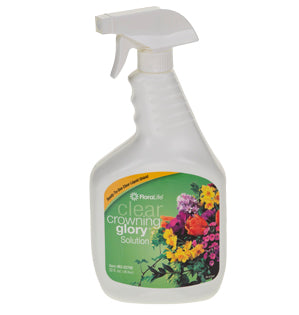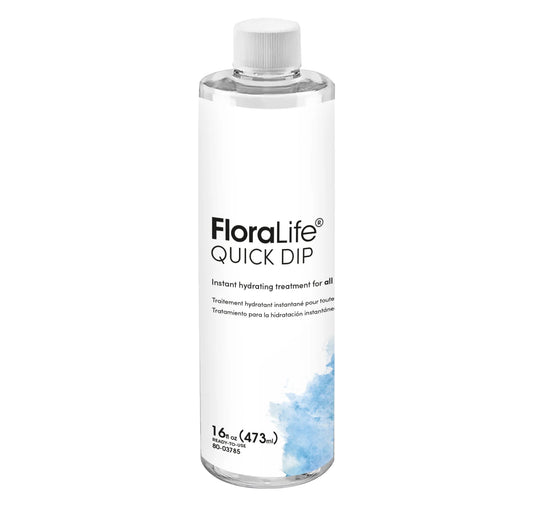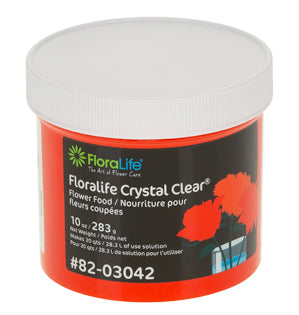King Protea Drama
The flower's name says it all - the King Protea really is flower royalty! It can be a bit of a challenge to work with, both in size and color. In this Flower School How-To Video Leanne shows how she blends a King Protea with complex hues in a long-lasting, foam-free design featuring grevillea, stella, garden roses, chrysanthemums and hanging amaranths -- all from Florabundance.com. Enjoy!
Video Transcription
Complex hues, dramatic flowers, no foam. Let me show you how it's done. The vessel, one of my favorite pottery vases and I filled it with floral netting. Now, when you use floral netting, the key is to have multiple layers. Don't just stretch it across once, you need lots of depth to support those stems. Then you just add water pre-mixed with flower food. For the flowers, I wanted drama. And I turned to our friends at Florabundance.com, king protea, stella, grevillea, maybe a little bit of hanging amaranthus. What could be more dramatic?
To begin, I'm going to establish my emphasis area, the most important. And of course it's got to be the king protea. They're so fabulous. Cutting it down. And then I like to take and give it a little whittle just to make sure that it's going to drink well, just around the bottom. And then set-ting that in, and the floral netting will help lock it in place. But I want it right at the base, leaning over so you can see the face and it starts establishing that emphasis area. Then coming back and filling in with line, and the stella will be perfect for that. Coming up nice and tall. Some can be a little bit shorter, finding the perfect spot. Then repeating. Then of course a bit of grevillea, because that'll add texture and excitement to the design.
Once you've established your emphasis, begun the line and add a little bit of texture, then you just look for contrast filling in the form, the rest of the elements and principles. For that, I'm going to turn to temperate flowers. The garden rose Issei, perfect in coloration, giving it just a cut. And tucking it down low, to start filling in the emphasis around, and then to fill in the rest of the form. So tucking and it goes right down into the floral netting. Here we go. It could come back with a chrysanthemum, isn't that a beautiful variety? To add a little bit of color that picks up some of the grevillea. Repeating. And then looking at it from all sides to make sure that you filled in the front, the back, and side to side.
With the flowers in place, come back and add a bit of foliage, maybe some fatsia leaves, tucking them low to break the line of the container, to also help add visual weight to the arrange-ment. Bring in your hanging amaranthus, letting it come down the side, extending that line. Adding more texture, more movement, maybe a little bit of ruscus to draw the eye up just a bit. And then again, look at it front and back and make sure everything's filled in.
The recipe: everything from our friends at Florabundance.com. I started with the drama, one King Protea, one Grevillea, and then five of the Stella to create the line. Then filling in five of the Issei Garden Rose, such a gorgeous color, five of the Chrysanthemums. Then just three stems of the Hanging Amaranthus for foliage, six stems of Israeli Ruscus, two of the Fatsia Leaves, and then five Lily Grass to finish it off.
Designing with exotics, but pairing them with traditional, that's the fun of being a florist today. You'll find more creative inspiration and education on the website, Flowerschool.com. If you have questions, you can reach us through there. But now it's your turn, find your favorite flowers, create a beautiful arrangement, and then take a picture. Be sure to post it on social media and hashtag #FloralDesignInstitute. That way we all can see what you do as you do something you love.





